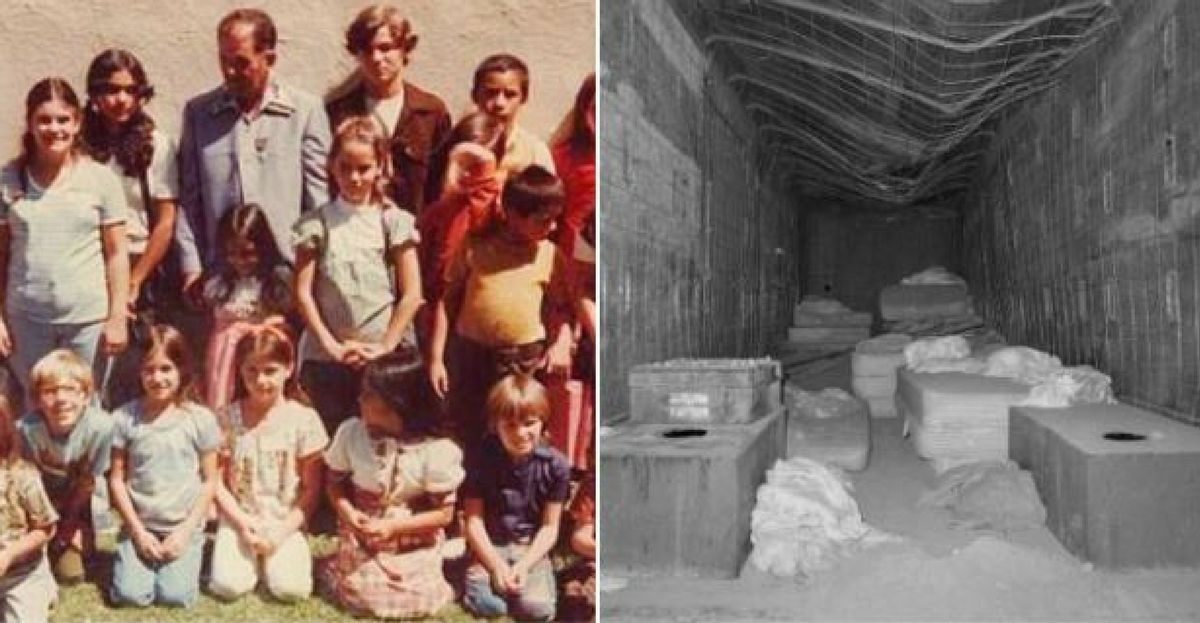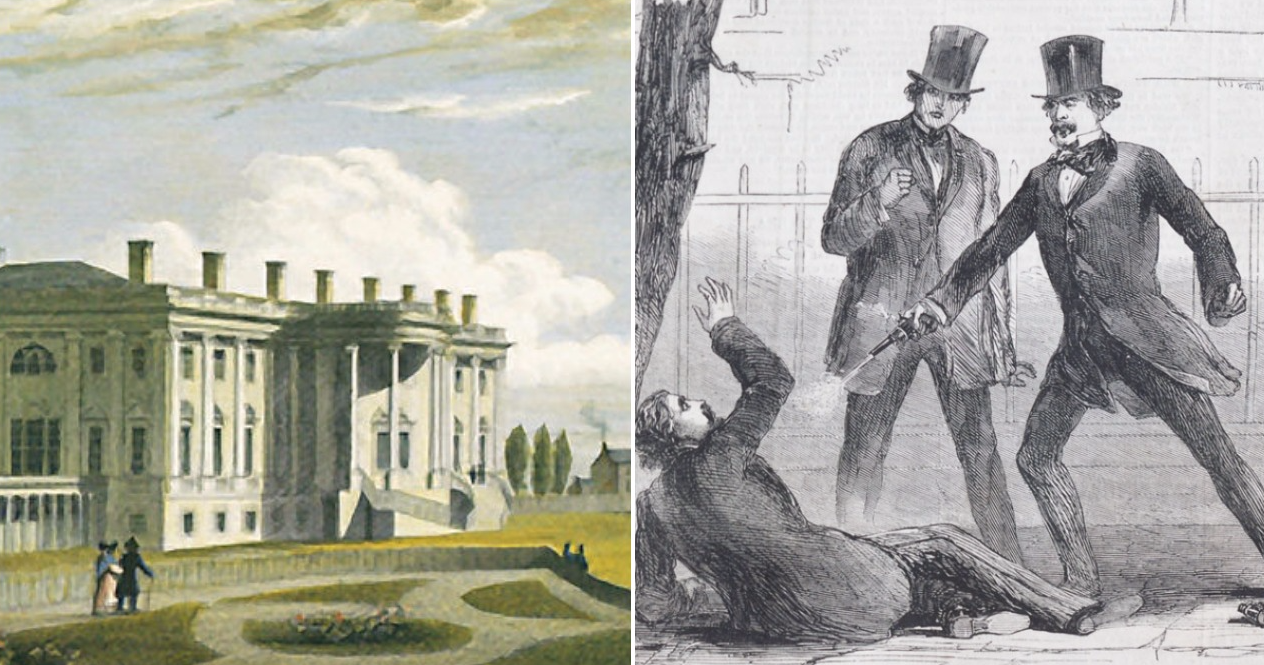On the sunny afternoon of July 15, 1976, the children of Dairyland Elementary School were happy and carefree.
It was the second-last day of summer school, and the children were being bussed home after a field trip to the local swimming pool. The 26 children on the bus, school kids ranging from 5 to 14 years old, had no idea the tragic twist of fate waiting in store for them.
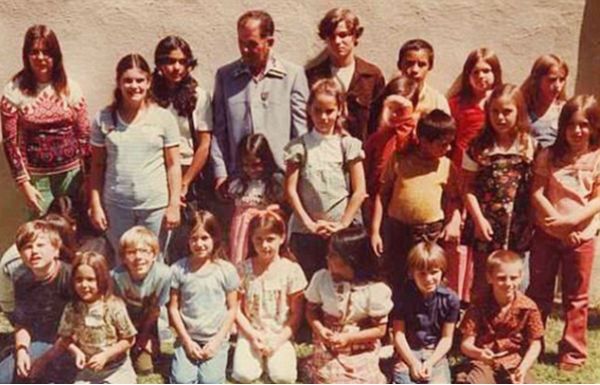
When the bus turned onto a narrow street, driver Frank Edward "Ed" Ray noticed a van parked in the middle of the road. The vehicle's hood was up, and it seemed like a man was trying to fix it.
One of the students on the bus, Lynda Carrejo Labendeira, describes Ray as "gentleman farmer," who parked in the road to try and help the man.
"And as quick as his words were coming out, they jumped on the bus with their guns pointed at us," she remembers. "And the rifle. And told Edward to go to the back of the bus."
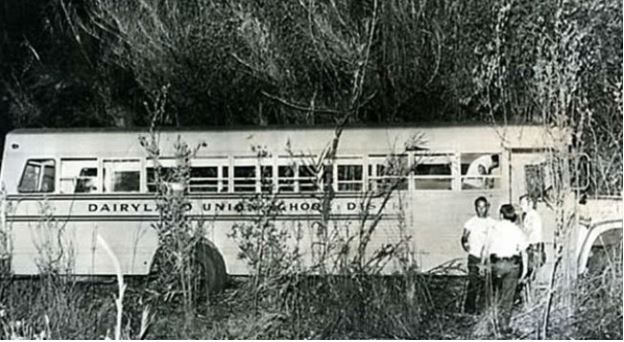
The masked gunmen drove the bus off the road, into a small, sheltered ravine where a pair of vans were waiting.
The children and Ray were packed inside the vans. The vehicles were dark inside, with no windows or air conditioning. The group was driven for 11 hours straight, without any water in the sweltering heat, or any idea where they were headed.
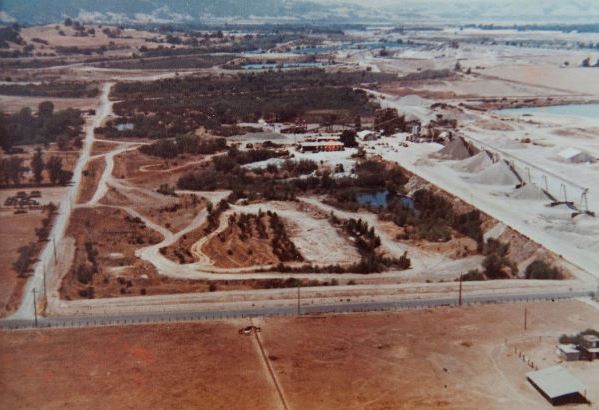
Later, police learned the kidnapped children had been taken on a roundabout route from Chowchilla, California to nearby Livermore. The slow trip was probably meant to kill time, so it would be dark when the vans reached their destination.
The group was finally let out of the van at a secluded gravel quarry. There, the kidnappers took each child's name, home address, and telephone number, along with a piece of their clothing or a personal object.
Despite being peppered with questions by Ray and the children, the kidnappers never explained why the children had been taken.
"I only recall them ever telling us to shut up and be quiet," Labendeira remembers.
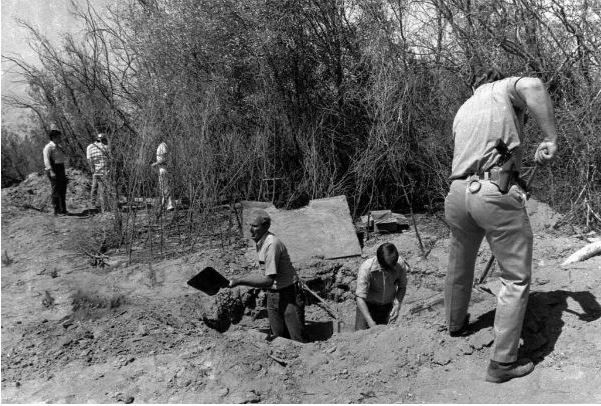
Finally, the children were led across the quarry to a strange pile of dirt with a ladder descending down into darkness.
That's when the group was ordered to crawl inside, and the real terror began.
What looked like a massive slab of earth with a metal hole at the top was really a moving van buried in a pile of dirt.
After the hostages climbed down the ladder, the masked men pulled it back up, trapping them inside the truck.
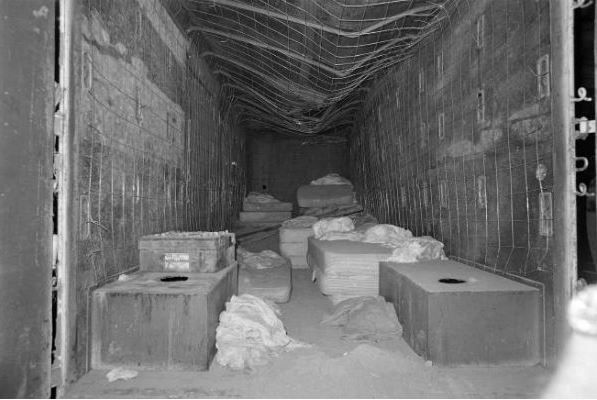
Labendeira describes the makeshift prison as "a coffin," and it seemed like the children would be stuck inside it until they died. The truck contained some mattresses, a toilet made from a wooden box, and enough food (cereal, bread, peanut butter) to last the group for one meal.
Soon, the food was completely gone, and the smells of vomit and urine filled the chamber. To make things worse, the jury-rigged ventilation system for the truck wasn't working because the batteries had died.
The children spent hours worrying they would die buried underground, before Ray finally took action.
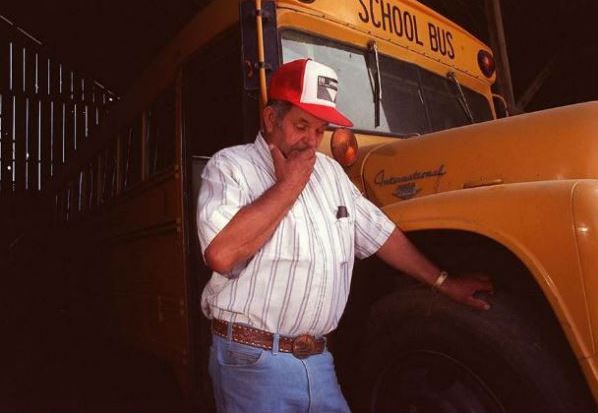
The bus driver realized the roof hatch was the only way out, and he was able to reach it by stacking the mattresses on top of each other.
But the hatch had been buried under a metal plate, a pair of batteries weighing 100 pounds each, and a pile of dirt.
Slowly, Ray and some of the older boys were able to pry the hatch open, jam it, remove the batteries and dig to freedom. They pulled the children out of the truck one by one, and walked together until they found a guard outside the quarry.
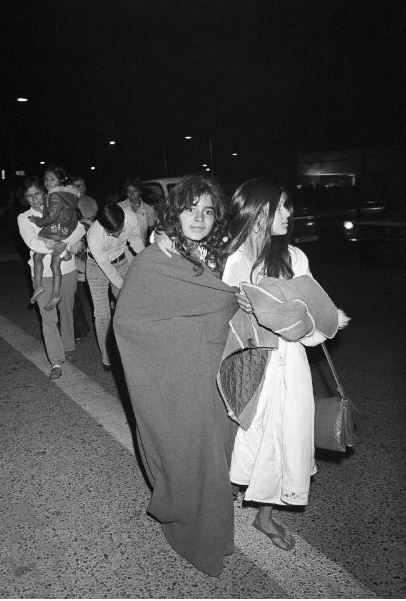
"This world's been looking for you." Lebendeira remembers the guard saying to the group.
They had spent more than 16 hours packed into the coffin.
Soon, police arrived to reunite the children with their anxious parents, but they were still trying to solve who had abducted the children in the first place, and what had motivated them to do it.
It turned out the hostage-takers had planned to ransom the children for $5 million, but hit an unexpected snag. The Chowchilla Police Department's phone lines were so jammed by worried parents that the criminals were never able to call with their demands.
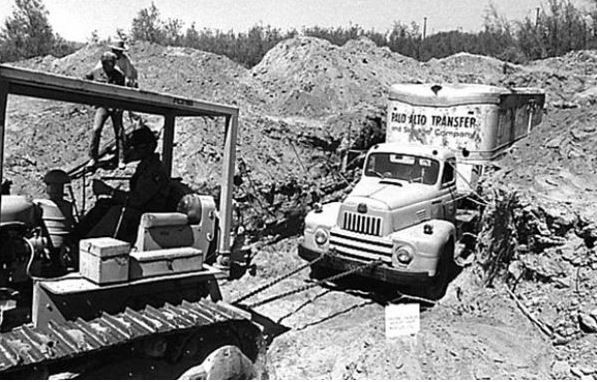
Clues found at the scene of the crime quickly identified the culprits, but that only made the mystery even more bizarre.
Police dug the moving truck out of the quarry, and tracked the registration to Frederick Newhall Woods IV, the son of the Livermore quarry's owner.
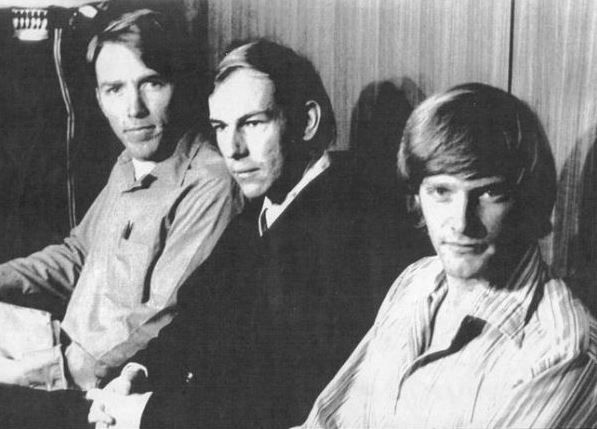
After being put under hypnosis, Rey was also able to remember one of the van's license plate numbers.
Soon, Woods and his accomplices Richard and James Schoenfeld were under arrest. Eventually, the inspiration for their strange crime came to light.
A rough draft of a ransom letter revealed the men wanted to extort the California Department of Education, which had a large surplus of money. The plan to bury the children until the ransom was paid seemed to come from a mystery story magazine in the Chowchilla library.
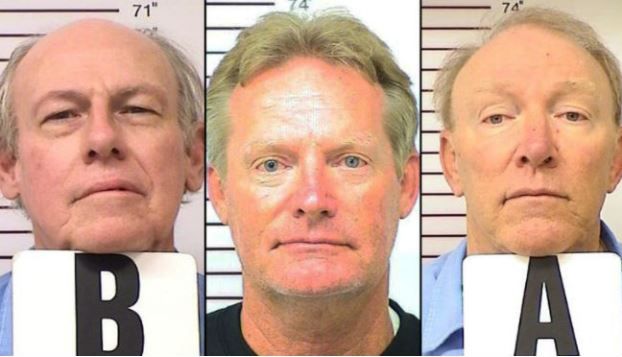
Woods was already wealthy thanks to his father's business, but it seems like that wasn't enough for him.
"They were greedy. That's evident," his lawyer Scott D. Handleman told CNN. "There's no justifying this crime, obviously."
The three men pleaded guilty to kidnapping and were given 27 life sentences each, one for each of their victims.
While the Schoenfeld brothers were both released in the last decade, Woods was denied parole for his bad behavior behind bars. He's set to go before a parole board again in 2018.
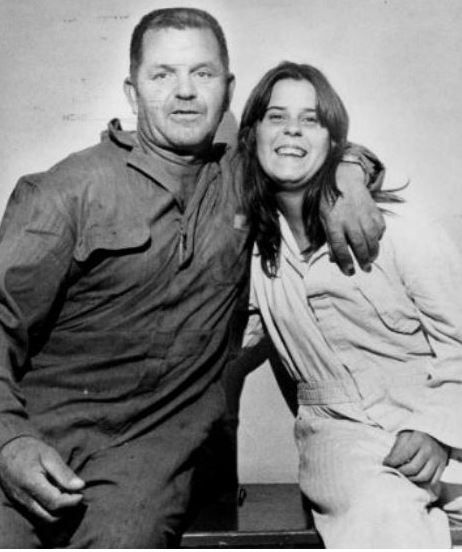
Ray, the bus driver who rescued the children, became a national hero, and February 26 remains "Edward Ray Day" in Chowchilla.
Despite being rescued, the harrowing kidnapping had a lasting effect on the Dairyland Elementary School children. Studies of the group have found that, even as adults, they suffer from nightmares, personality changes, paranoid fears, and substance abuse issues.
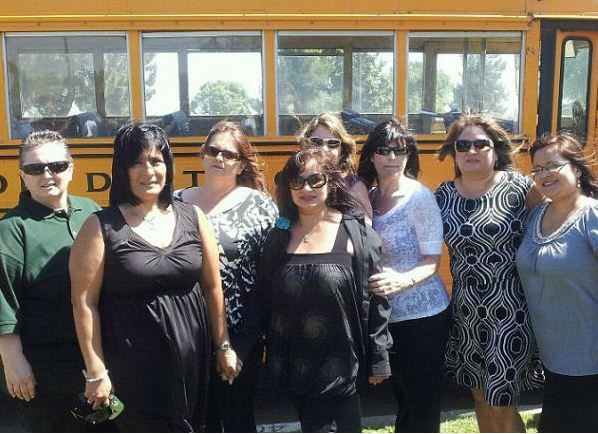
"They did a number of emotional damage to all of us, including our family, our parents," kidnapping victim Jodi Medrano told ABC 30. "Our lives are never the same after that, ever."
Do you remember this famous case?
